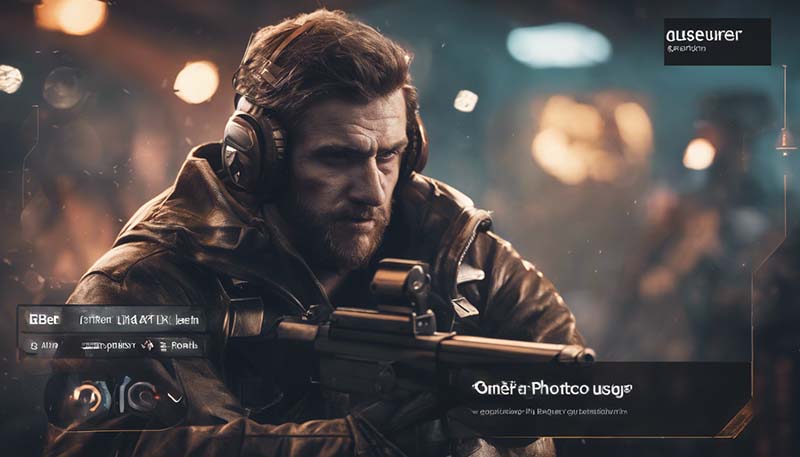Title: User Interface Design in Gaming: Enhancing Player Experience
Introduction:
The user interface (UI) is a crucial aspect of game design that significantly impacts the overall player experience. A well-designed UI not only enhances the game\'s aesthetics but also improves its usability, making it more enjoyable and accessible to players. In this article, we will explore the importance of UI design in gaming, discuss various UI elements, and provide tips on creating an effective UI that enhances the player experience.
Section 1: The Importance of UI Design in Gaming
1.1 Enhancing Player Engagement
A well-designed UI can significantly improve player engagement by providing a visually appealing and intuitive interface. It helps players understand the game mechanics and interact with the game world more effectively.
1.2 Improving Usability
Advertisement
A good UI design makes it easy for players to navigate through the game, access important information, and perform actions. It reduces the learning curve and allows players to focus on the gameplay rather than struggling with the interface.
1.3 Enhancing Accessibility
An effective UI design considers the needs of all players, including those with disabilities. It ensures that the game is accessible to a diverse audience by providing options for different input methods, adjustable text sizes, and colorblind-friendly palettes.
Section 2: Key UI Elements in Gaming
2.1 Menus and Navigation
Menus and navigation are essential UI elements that allow players to access game settings, options, and other features. They should be designed to be user-friendly, intuitive, and visually appealing.
2.2 HUD (Heads-Up Display)
The HUD is a critical UI element that provides players with essential information about their character, such as health, ammunition, and objectives. It should be designed to be unobtrusive, informative, and easily accessible.
2.3 Controls and Input
The UI should provide players with a range of control options, including customizable key bindings and support for various input devices. It should also offer an intuitive control scheme that is easy to learn and use.
2.4 Notifications and Feedback
Notifications and feedback are essential for keeping players informed about game events and their actions. They should be designed to be clear, concise, and visually appealing.
Section 3: Tips for Creating an Effective UI in Gaming
3.1 Prioritize Usability
The primary goal of UI design is to improve usability. Ensure that the UI is intuitive, easy to navigate, and provides all the necessary information without overwhelming the player.
3.2 Maintain Consistency
Consistency is crucial for creating a cohesive and visually appealing UI. Use a consistent color scheme, typography, and design elements throughout the game.

3.3 Focus on Clarity
The UI should be designed to be clear and easy to understand. Use simple and concise language, and avoid cluttering the interface with unnecessary information.
3.4 Test and Iterate
User testing is essential for identifying usability issues and improving the UI. Conduct regular testing with a diverse group of players, gather feedback, and iterate on the design to ensure it meets the needs of the target audience.
Conclusion:
UI design plays a vital role in enhancing the player experience in gaming. By prioritizing usability, maintaining consistency, focusing on clarity, and conducting regular testing, game developers can create an effective UI that improves player engagement, usability, and accessibility. A well-designed UI not only makes the game more enjoyable but also contributes to its overall success.
(Note: This article is a sample text and not an actual HTML code. It is written in plain text format for demonstration purposes.)